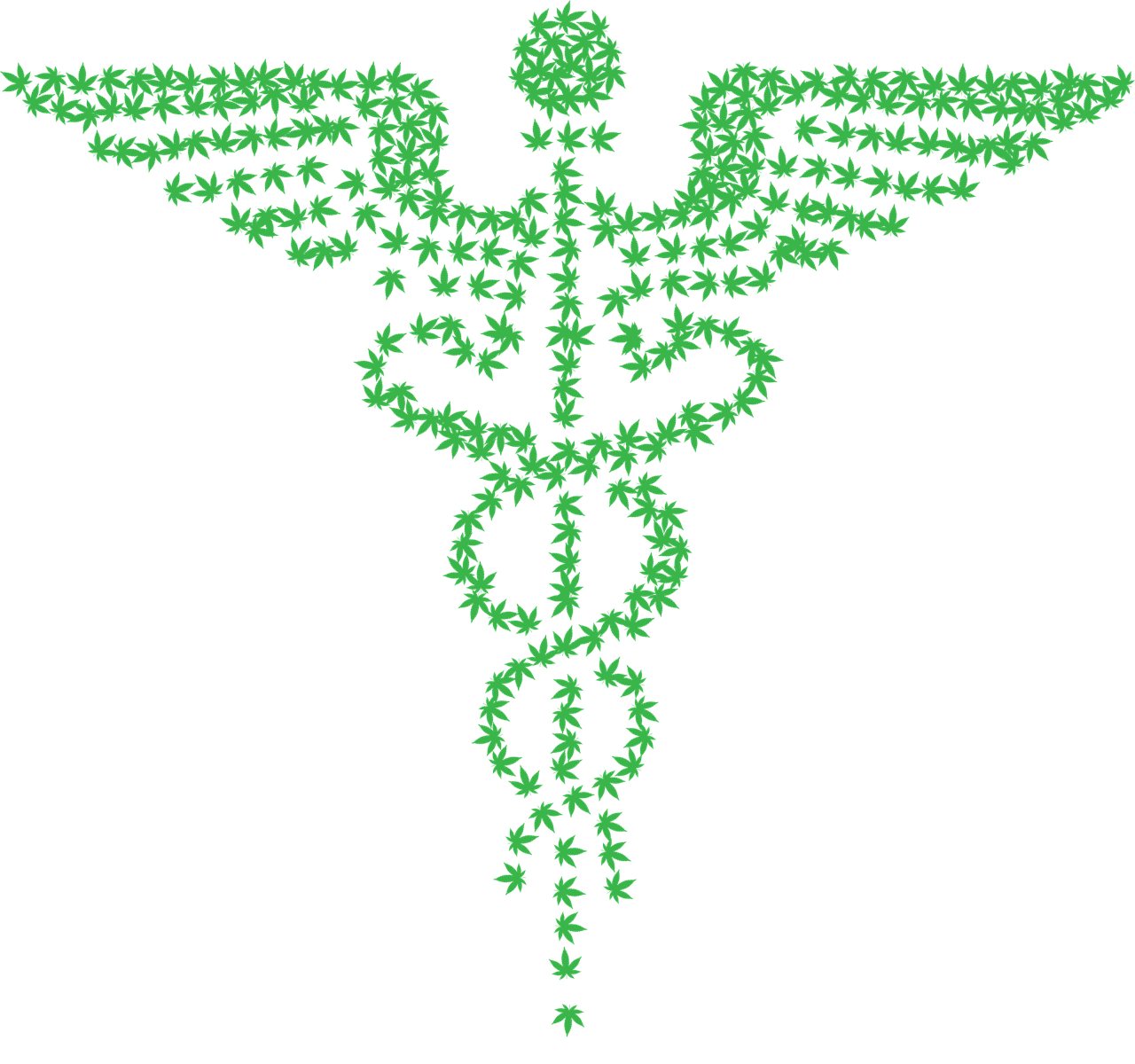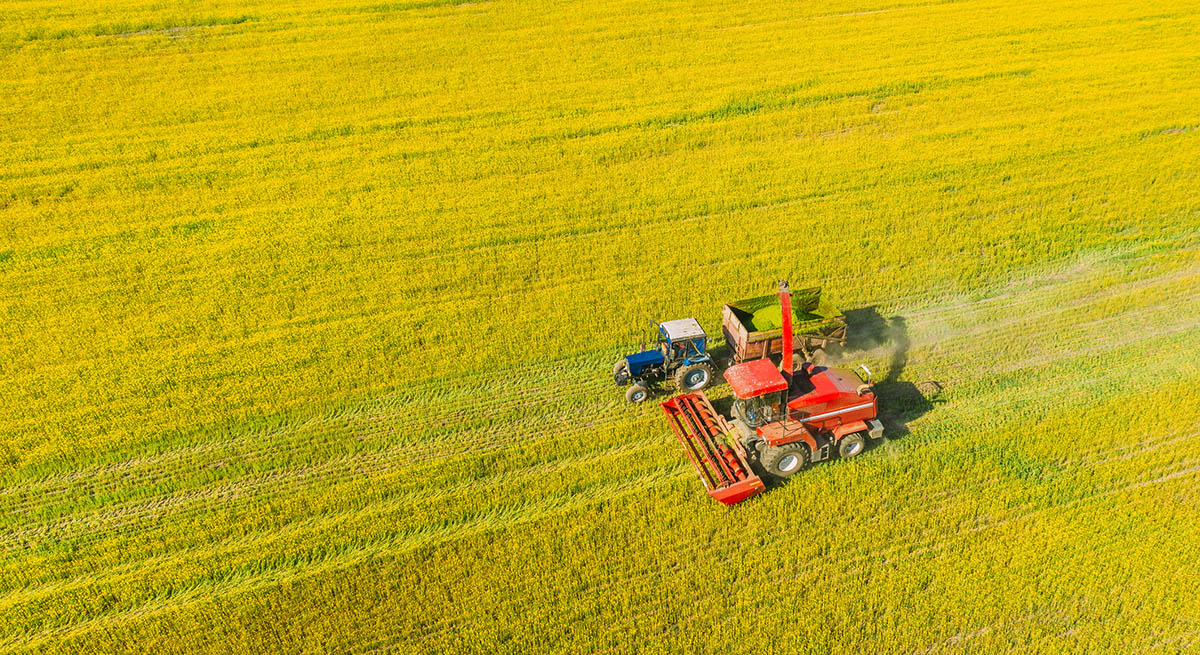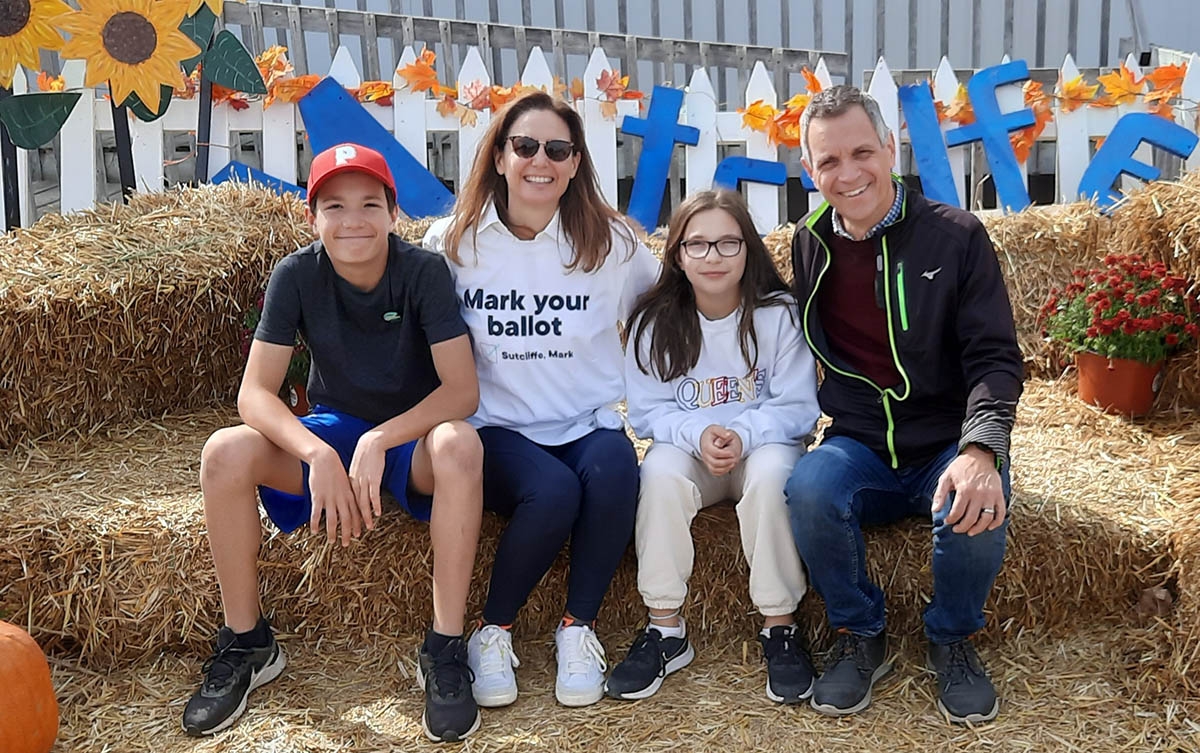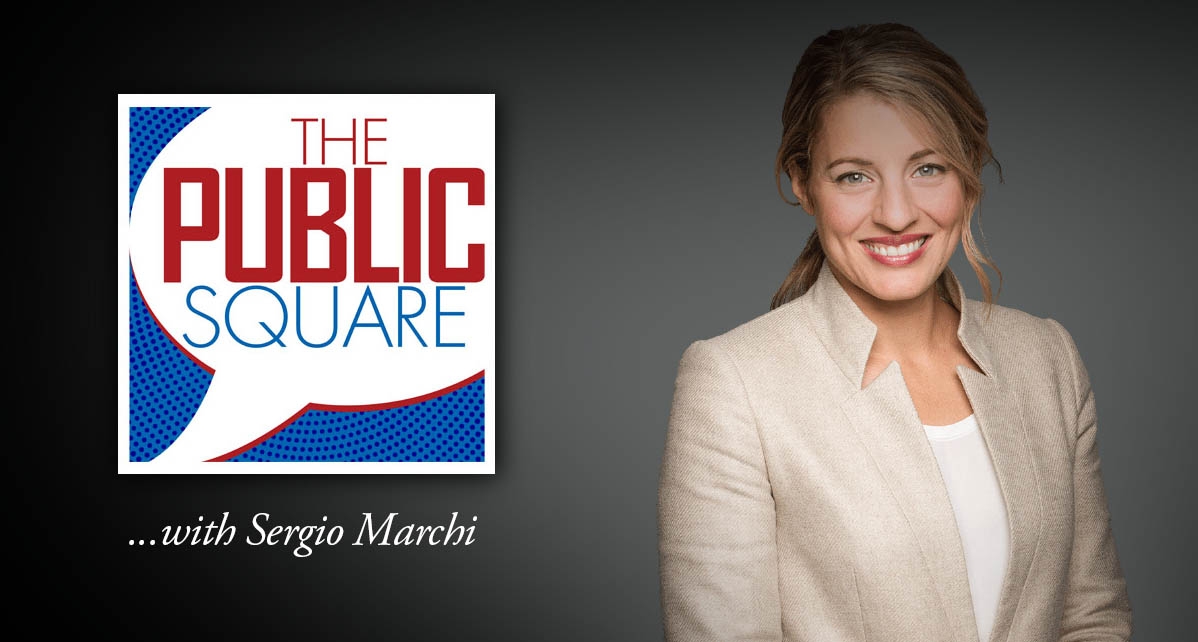
Preventing Radicalization: Two-Decade Social Experiment
The Assembly of Nations unites all 140 nationalities living in Kazakhstan to promote cooperation and to give them political voice. Nine representatives of the Assembly are elected to the legislative chamber of the Parliament.
On Wednesday, October 22, Ottawa woke-up to the sounds of shooting coming from Parliament Hill, the heart of the nation’s capital. Once peaceful and tranquil, Ottawa stood vulnerable and insecure.
This attack in Ottawa, and an earlier one in Montreal, has prompted Members of Parliament to consider additional protective measures. The government is planning to give more power to the police to deal with suspects and to expand surveillance operations. Some experts, however, question the proposed actions. They say safety measures should not only protect, but prevent attacks in first place.
The government proposed tough measures for Canada and expects government accountability, says Fen Hampson, the director of Norman Paterson School of International Affairs at Carleton University in Ottawa.
“It’s an issue in a democratic society, where you have civil liberties, freedom of speech – it’s very difficult having these kind of calls,” Hampson says. “The question is should the police have power to not only conduct surveillance operations, but to detain individuals, and if necessary arrest them on the grounds of suspicious activities.”
Having more police and more surveillance won’t guarantee full security as long as the society stays disengaged in government’s strategy, says another expert Michael Kempa, professor of criminology at the University of Ottawa. Kempa says Ottawa needs preventive social measures too. So far, Canadians—especially new immigrants—are left out in the government strategy, he says.
“We think that if we get the surveillance right, and the law right, that everything will be safe—this is, to an extent, true. But without right economical and political structures that encourage people to fully participate in Canadian society, we will never achieve full safety,” Kempa says.
So, what kind of social measures can be taken to prevent future attacks?
For security and protection, Canada has looked at measures taken in the U.S., Europe and Australia. Yet, for prevention, perhaps Canada should look farther to the East. There, in Central Asia, Canada would find Kazakhstan—the country facing the same very question since gaining independence from the USSR in 1991.

Kazakhstan seems so distant and so different from Canada, yet, there is so much in common between the two countries. Like Canada, the ninth biggest country in the world, Kazakhstan’s vast steppes are sparsely populated with just over 17 million people.
Like Canadians, Kazakhstanis are diverse and multiethnic: 140 ethnic groups, representing over 40 religious communities live together. Armenians, Germans, Koreans, Poles, Turks and many other nationalities call Kazakhstan home.
Both countries opened their arms to welcome new people on their lands. Canada has gained its diverse population from immigration and Kazakhstan from the Soviet Union’s resettling policies. Many ethnic groups came to Kazakhstan to cultivate wheat and other cereal grains. Later, Kazakhstan’s land, rich of coal, gas and oil, attracted many Europeans.
Unlike Canada, Kazakhstan faced a more treacherous path to unity in the country. When the country gained independence, it had no budget to keep people happy and positive. Ethnic groups had no interest to stay united. The land bore a sleeping bomb that could tear the country apart with any slight discontent or protest. The newly independent country had no choice but to rely on preventive measures. Without realization, the country has engaged in a successful social experiment that still keeps the nation in peace.
In 1982, the Canadian Charter of Rights and Freedoms kept Quebec from separating from Canada. The Charter has guaranteed the rights and freedoms for all Canadians, and made English and French official languages. Kazakhstan has entrenched equal rights and freedoms for all citizens without any discrimination in its Constitution. Kazakh and Russian were proclaimed as two official languages of Kazakhstan.
To knit all distinctive ethnic groups into one social fabric, President Nursultan Nazarbayev established the Assembly of Nations. The institute unites all ethnic groups and gives them legislative powers. Nine representatives of the Assembly are elected to the legislative chamber of the Parliament. The members oversee all laws, making sure they do not violate any rights or freedoms of any ethnic group.
Today, like the rest of the world, Kazakhstan faces threats of radicalization by ISIS and other extremist groups. Even though threats are mild and don’t hold serious grounds, Kazakhstan is taking special measures, says Serik Belgibay. Belgibay is a Kazakhstani political scientist and the director of RealPolitik—a non-profit aiming to present an objective research and analysis of the country’s domestic and foreign policies.
Belgibay says all traditional religions enjoy full freedoms and are accepted with high tolerance in Kazakh society. There are some untraditional streams of religions too, and a few who hold radical views.
“In general, both the society and the state have a cautious attitude towards them [untraditional religions]. But most powerful oversight goes against radical faiths with radical tendencies,” Belgibay says.
Kazakhstan, like the rest of the world, is also trying to prevent ISIL from getting to young minds through social media. For this purpose, Belgibay says the government has launched e-Islam, an online portal providing educational resources on traditional Islam for teachers and followers. Some universities also provide free-courses on Islam studies.
Protection measures also play a part, says Belgibay. All religious movements have to undergo mandatory registration. Unregistered movements face fines. Groups with radical inclinations are closely watched by the police and can be banned.
Over these 20 years of keeping different nationalities together, Kazakhstan has learned a few lessons to share with Canada and with the rest of the world. Belgibay says a country should be careful not apply too much force and pressure to any religious groups. It will just give them a motivation to use their religion as a tool for violence. It’s better to keep an ongoing social dialogue on how to live together in peace and in harmony.
Next year, Astana, the capital of Kazakhstan, will host its fifth Congress of Leaders of World and Traditional Religions. The leaders will get together to discuss how to prevent radicalization of young people. In previous years, the leaders discussed how to fight religious extremism at home and abroad, the role of women in religion and multiculturalism.
As Canada is getting ready to give more powers to the police, to expand surveillance operation and to beef up security around the public institutions, it should take time to answer one question: Will these measures help Canada to prevent future attacks?
Perhaps it’s also a good time to think about preventive measures. In that case, why not look at Kazakhstan’s measures, at how the country is managing to keep peace, tolerance and mutual understanding with such a diverse population.













